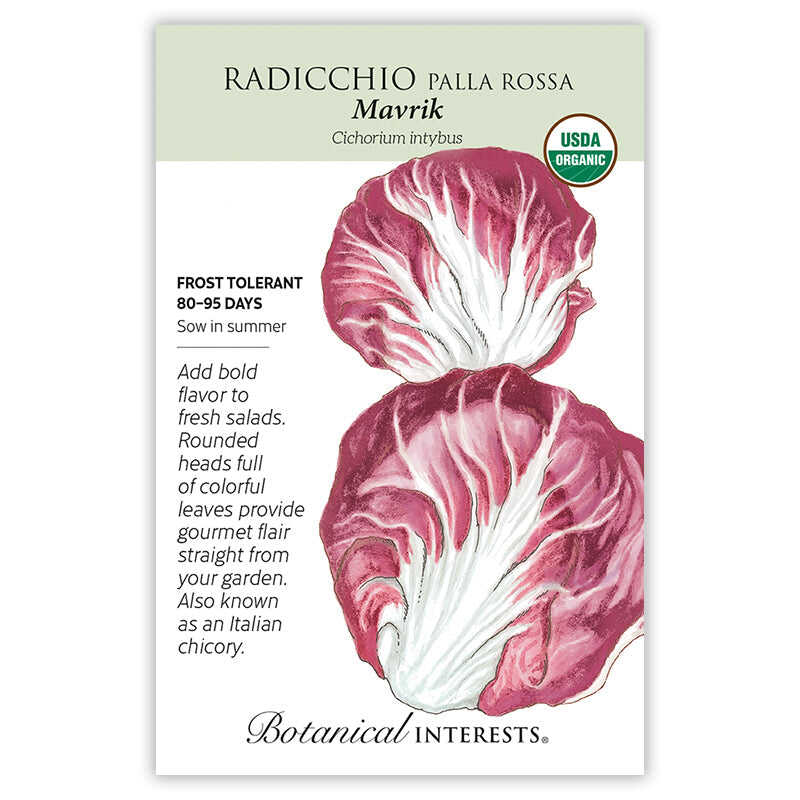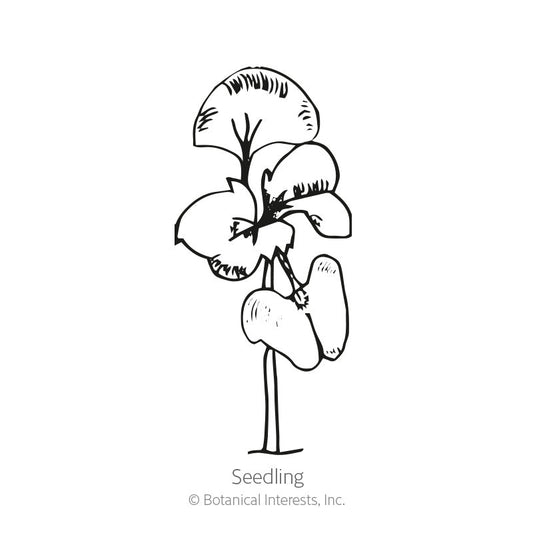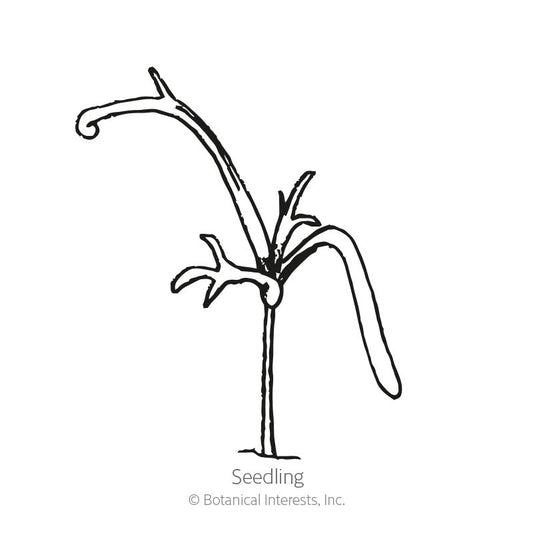


- Variety Info
- Sowing Info
- Growing Info
Variety Info
Days to Maturity: 80–95 days
Family: Asteraceae
Native: Unknown
Hardiness: Biennial or perennial in USDA zones 4 and warmer
Exposure: Full sun
Plant Dimensions: 3 1/2" to 5" heads with outer leaf height up to 8"
Variety Info: Round, deep-red heads with very white ribs. Flavor is slightly bitter. 'Mavrik' is a chioggia type radicchio.
Attributes: Frost Tolerant

Sowing Info
When to Sow Outside: 8 to 10 weeks before your average first fall frost date.
When to Start Inside: RECOMMENDED. 8 to 10 weeks before your average first fall frost date, transplanting after 4 weeks. Ideal soil temperature for germination is 60°-75°F.
Days to Emerge: 5–15 days
Seed Depth: ¼"
Seed Spacing: A group of 3 seeds every 8"–10"
Row Spacing: 18"
Thinning: When 1" tall, thin to 1 every 8"–10"
Your hardiness zone is
Growing Info
Harvesting: Harvest in the morning once heads begin to become firm. Move the large, floppy outer leaves to reach the inner, compact head. Cut at the base of the head, leaving about 1" of stem above the ground, rather than cutting at ground level; another head may be produced. Cut heads may be dunked in cold water and drained to remove "field heat", prolonging storage. Cut radicchio can overwinter to produce another head the next spring (USDA zones 4 and colder should mulch and possibly protect plants). Outer leaves may be harvested individually at any stage of growth.










